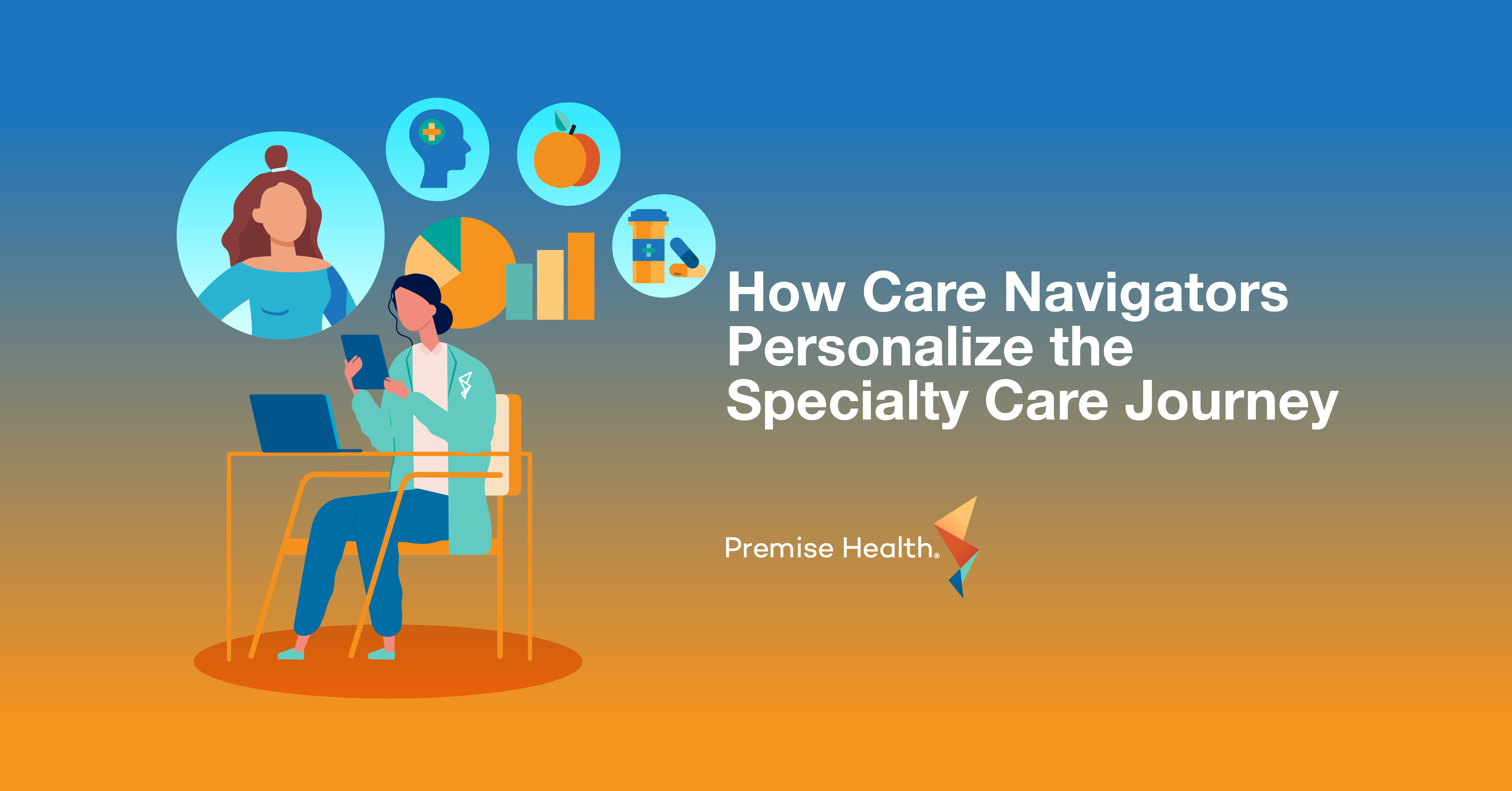How to Build a Successful Workplace Mental Health Strategy
Is the place where many of us spend the most time causing us the most stress? A 2022 Gallup poll reported that up to 40% of employees said their job has had a negative effect on their mental health in the last six months. Yet, many won’t seek mental health treatment.
The biggest obstacles? Social stigma, out-of-pocket cost, confusion around how to find a licensed mental health professional, and the inconvenience of getting to and from appointments can all deter someone from getting help on their own. And while most adults spend most of their time at work, nearly a quarter of respondents to the same Gallup poll said their employer doesn’t offer any mental health resources.
At Premise, we believe it’s a missed opportunity that can yield disastrous consequences for employees and employers. Mental health challenges are proven to decrease productivity and increase absenteeism as the single largest cause of disabilities in the world.
So, what can an employer do to support their workforce’s mental health and mitigate the effects of untreated behavioral health challenges?
Start with making mental health help accessible
Half of all patients drive more than one hour to receive behavioral health treatment – a hard trip to fit into a busy schedule for healthy adults balancing work, family, and friends. It’s even harder for those struggling with a mental health challenge.
Employers can bridge the accessibility gap by offering behavioral health solutions near where their people live and work. Whether that solution is a counselor working onsite at the organization’s campus, a wellness center in the neighborhood where employees live, or online therapy via a digital health platform, employers can give their people access to one-on-one and group counseling with licensed counselors and social workers that alleviates the impact of conditions like depression, anxiety, stress, grief and ADHD.
Offering cost-effective and trustworthy care makes getting help a lot less complicated for a busy workforce. It eliminates the mileage to go across town to a community provider’s office, time taken off work to attend regular appointments, and the stress of juggling other obligations. It puts care within reach of those who need it most.
Take a whole-person approach to mental wellness
A person’s overall health is comprised of many pillars of wellness – mental and emotional wellbeing is just one part of what makes us healthy, happy, and whole. That’s why mental health must be treated as an integrated part of primary care to help patients identify and overcome behavioral health challenges they face.
For example, during an annual check-up, a patient may mention off-handedly to their primary care provider they have experienced a lack of appetite and feel isolated from their family and friends. Recognizing these could be signs the patient’s mental health is in decline, the provider can serve as a resource to screen for depression. Collaborating with a behavioral health professional, they can then start building an effective care plan to reduce the patient’s stress, help them feel less isolated, and put them in touch with social resources if needed.
Or, if a primary care provider sees a patient who is experiencing a crisis or suicidal thoughts, a collaborative approach to intervention means they can get the patient immediate assistance from a licensed counselor to prevent a tragedy.
When employers offer whole-person health benefits for mind, body and spirit, they create more opportunities for their people to get help for potential mental health conditions before they take a major toll on other aspects of life. As a result, people are more satisfied with both their mental and physical healthcare and have better outcomes overall.
Create a culture that encourages self-care
When a person thinks of mental healthcare, they may at first imagine laying on a couch in a dark room discussing their problems while a therapist furiously scribbles notes. While one-on-one talk therapy is part of behavioral health, it’s far from the only resource available when someone is experiencing a mental health challenge. Employers can offer other tools to promote emotional wellness and normalize conversations around mental health at the workplace too.
Mental health days
Offering mental health days, or paid days off to give employees a break from the stress of their typical workday and recharge, can be a simple way for employers to demonstrate work-life balance and promote emotional wellbeing as part of a larger health strategy.
Employee Assistance Programs
Employee Assistance Programs (EAPs), typically provided by employers, offer immediate resources to members in crisis situations, providing short-term counseling, financial wellness resources, and guidance for professional challenges.
Wellness programs
Wellness programs can offer insight into long-term lifestyle changes like healthy eating, exercise, and meditation which reduce the impact of mental health challenges and can help promote these practices broadly through webinars and workshops, as well as one-on-one coaching sessions.
Together, these resources can be instrumental to employers aiming to build a workplace culture that destigmatizes mental health and provide additional tools to promote emotional wellbeing
A company is only as healthy as its people
Offering accessible, collaborative, and comprehensive mental health resources is one of the first and most crucial steps in helping employees and their families live productive, fulfilling, and autonomous lives. But employers don’t have to do it alone. Premise Health can help you develop a unique behavioral health strategy that enriches your whole population.
Discover how you can kick off a new culture of mental health at your organization. Contact us today.
Next on industry insights.

One Less Errand, One Healthier Member: The Power of 90-Day Prescriptions
Read the Blog
How Care Navigators Personalize the Specialty Care Journey
Read the Blog